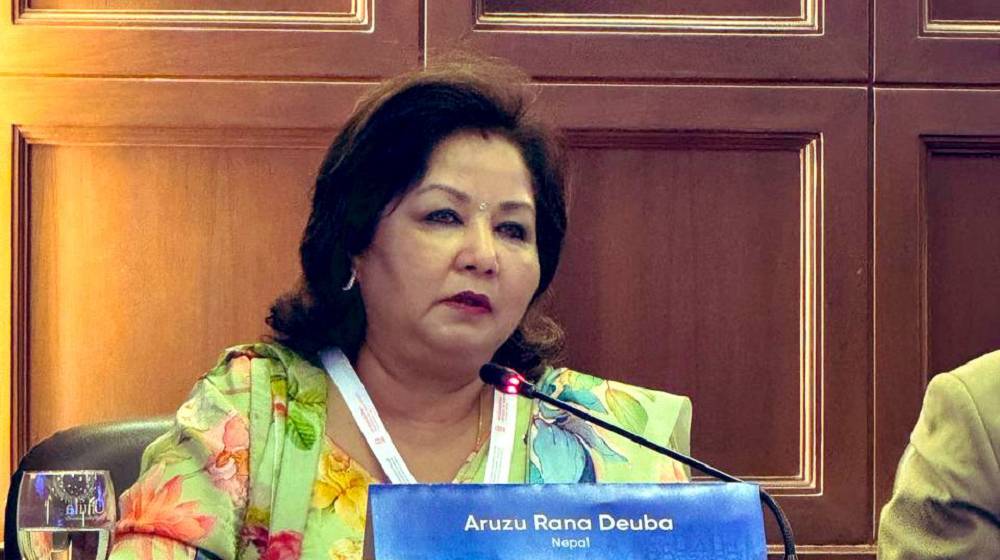The construction of the Dodhara Chandani Integrated Check Post and Dry Port, a national priority project, is set to begin soon, with preparatory work such as tree and utility pole removal nearing completion. The Council of Ministers had approved the use of 42.36 hectares of national forest land in the buffer zone of Shuklaphanta National Park (Dodhara Chandani Municipality-1, Kanchanpur) for the project on 18 Sept 2024, granting permission for tree and pole removal.
To implement this decision, a bilateral agreement was signed on Jan 7, between the Department of National Parks and Wildlife Conservation and the Nepal Intermodal Transport Development Committee. For the check post construction, 1,593 trees were identified for felling within the protected area. The Shuklaphanta National Park Office granted permission for tree felling on Feb 6.
A tender for tree felling was published on Feb 13, the contractor was selected, and work commenced on April 21. So far, 940 trees have been felled. The remaining trees are expected to be cleared by late June. A Memorandum of Understanding (MoU) for the project was signed between the Government of Nepal and the Government of India on 1 June 2023. The project, which is backed by Indian financial and technical assistance, is estimated to cost Rs 3.8bn. A construction company has been selected from the Indian side, and a formal agreement is expected soon.
“This project has reached this stage thanks to the active and coordinated efforts of Honorable Minister of Industry, Commerce and Supplies Damodar Bhandari,” said Ashish Gajurel, Executive Director of the Nepal Intermodal Transport Development Committee. He credited the progress to the approval of the project’s environmental impact assessment and the decision to permit tree felling. Gajurel also confirmed that the contract process is complete and that tree management will conclude within 15 days, allowing construction to begin within one to two months.
The dry port will feature state-of-the-art trade infrastructure, including roads, parking areas, platforms, warehouses, weighbridges, container yards, passenger terminals, customs facilities, banks, laboratories for livestock and food quarantine, administrative buildings, and other necessary structures. Once operational, it is expected to significantly facilitate trade and become a key milestone in the development of the Far West. In addition to enhancing import capabilities, the dry port is also intended to boost exports from the Far West. According to Gajurel, there are plans to connect the port with India in the second phase of development.











